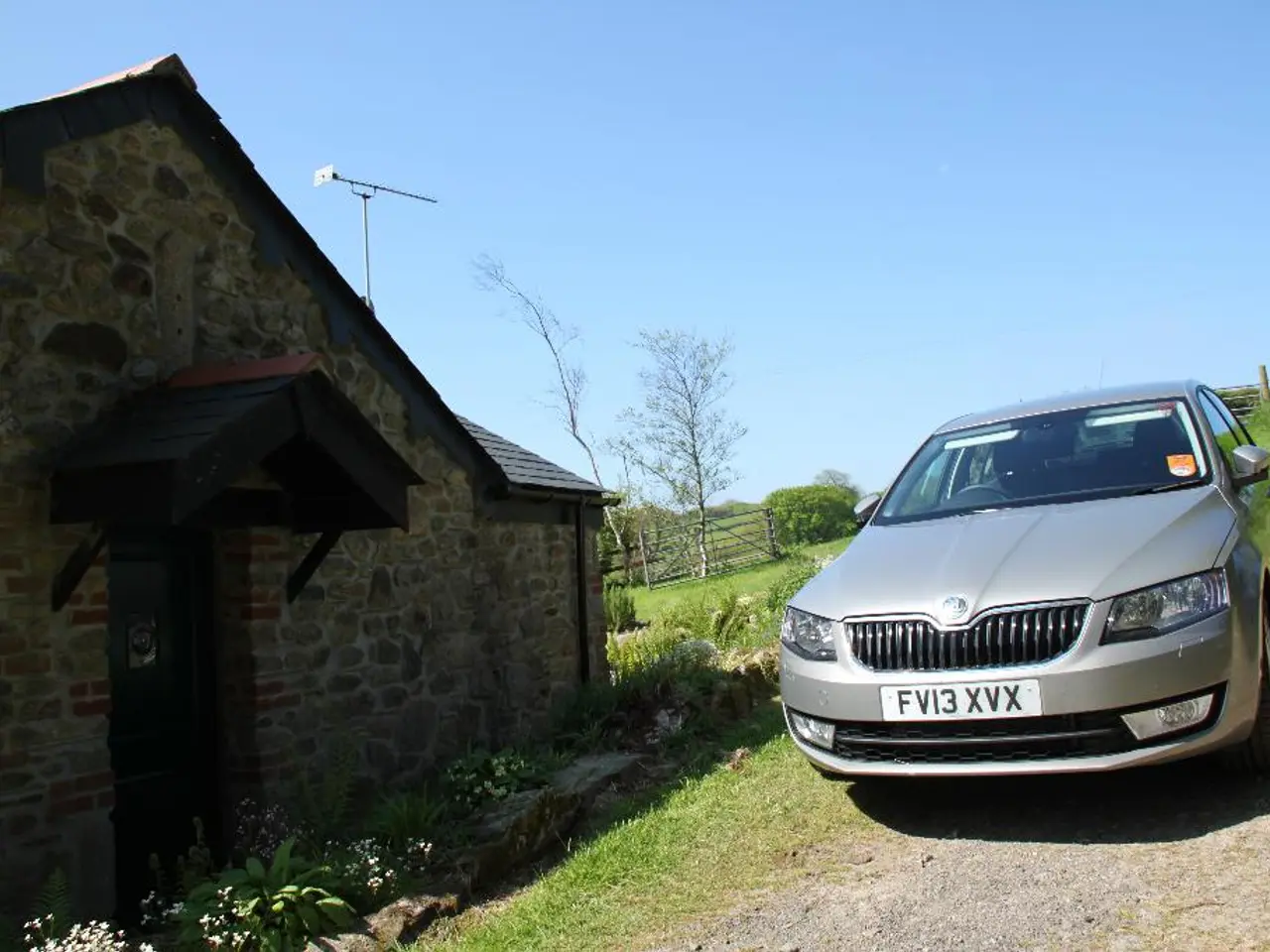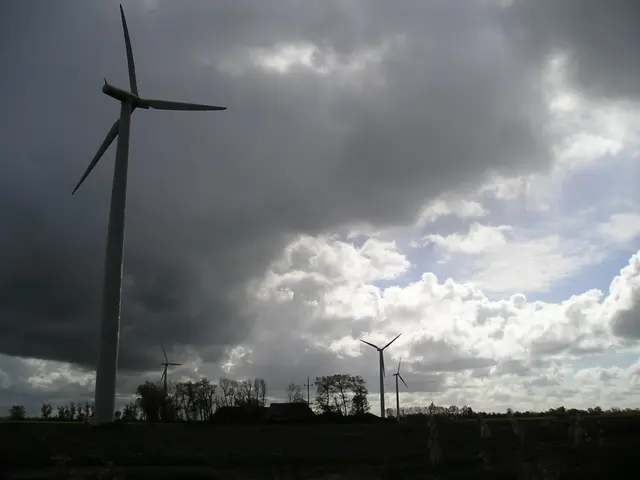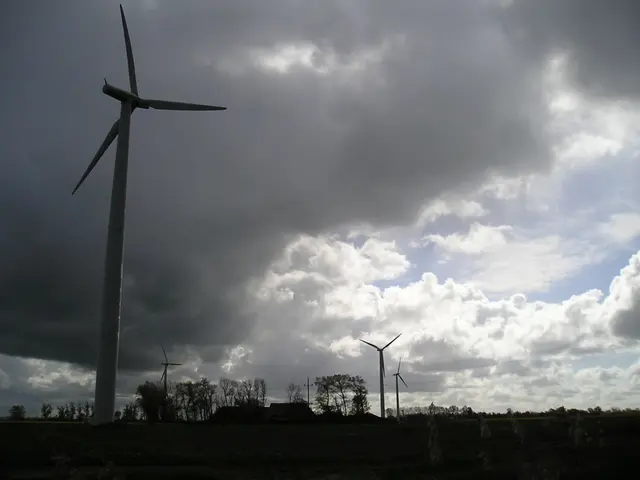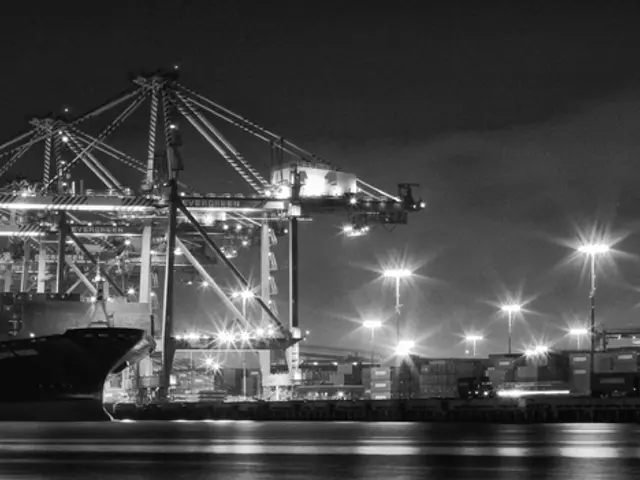Morocco Eyes SAF Export Opportunity Amidst Hydrogen Challenges
Morocco is eyeing an export opportunity for hydrogen and e-fuels in Europe and the Middle East and North Africa (MENA) region, with a particular focus on sustainable aviation fuels (SAF). However, the current state of green hydrogen and ammonia development poses challenges to SAF production.
The International Air Transport Association (IATA) has set a goal for SAF to contribute to 65% of emissions reductions for climate neutrality by 2050. Meanwhile, the EU's ReFuelEU Aviation regulation mandates SAF blending, starting at 2% in 2025 and increasing to 70% by 2050. Morocco is considering its role in this emerging hydrogen ecosystem and SAF production.
Morocco has already allocated large plots for green hydrogen development, a key component for e-SAF production. A study by Boston Consulting Group suggests that pioneering SAF production and adoption could strengthen Morocco's energy autonomy and image. However, NamX, a French-Moroccan hydrogen startup, currently considers SAF production unfeasible due to high prices and low demand.
Morocco's interest in SAF production is evident, but taking the next step remains uncertain. While it has not yet released specific targets for SAF production, the country's potential in this area is significant. The global aviation industry eagerly awaits Morocco's next move in the SAF landscape.
Read also:
- Strategic approach to eco-friendly nickel production for electric vehicles in Europe
- Solar energy company, Imperium, alongside QORAY Mobility & Energies Solar Business, bolsters Nigeria's environmental future by producing superior solar panels domestically and offering flexible payment options.
- AI Inspection Company, Zeitview, Secures $60 Million Funding for Expansion
- Importance of Battery Management Systems: Overseeing and Optimizing Energy Storage Functionality








